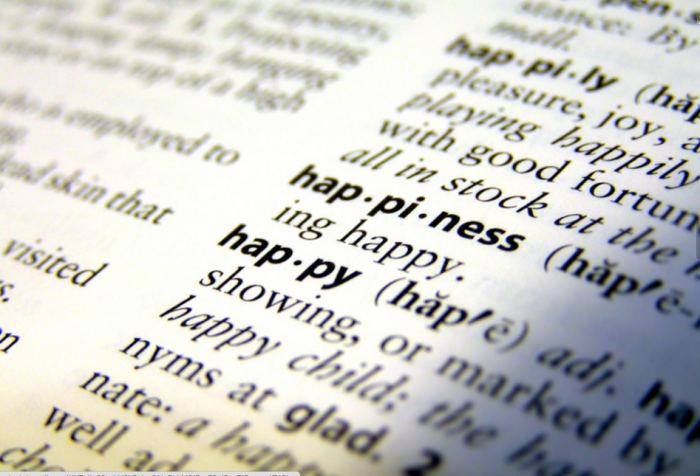As a reformed, natural-born pessimist, I am keenly aware of the power of positive thinking.
How we think and how we feel are inextricably linked.
For most people—unless dealing with hormonal imbalances in the body, or chemical imbalances in the brain—our thoughts usually determine our feelings. Therefore, to feel good, we must reframe negative thoughts into a more positive light.
There really is no way of getting around this—we cannot possibly expect to feel “happy” if our thought patterns have a constant critical or pessimistic bias. And yet, if you’ve tried it, you may have noticed that “positive thinking” has quite a limited effect.
In my opinion, this is because too much emphasis is placed on positive thinking and not enough on actually dealing with our (pre-existing) negative thoughts and feelings first. We must respect and honor the feelings that our previous thoughts have conjured up.
It isn’t enough to recognize we are feeling sh*tty about something and just reframe our thoughts. We must allow the feeling to disperse—and this requires us to feel it first, rather than suppress it.
But most of us are unwilling to do this. As soon as an uncomfortable emotion arises we move to quash it. We’d just rather not go there and the theory of applying a “positive thinking” balm seems way more appealing.
But to reframe our thoughts without allowing the emotions to properly arise within us, is to put the cart before the horse. It’s like spraying deodorant on unwashed armpits, or putting a plaster on a cut that needs stitches—it might temporarily disguise the mess, but the mess will fester and get worse.
It may seem counter-intuitive to suggest that in order to be happy we must allow ourselves to feel sad, frustrated, fearful, jealous—or whatever else arises. But, to me, happiness is not a frivolous, superficial, happy-clappy state. By my definition, happiness is an overall sense of wellbeing that includes trusting in our ability to move through whatever comes up. It is riding the waves and being willing to feel all the emotions that arise—even the uncomfortable ones.
And in order to be truly happy, we must acknowledge our painful experiences and heal from them. If we don’t, then we carry them around within us—they are held within our bodies, ready and waiting to be triggered by new events that, in some small way, spark a memory of our past traumas.
Even leaving aside the more deeply scarring events, we need to feel our everyday, ordinary, not-so-traumatic, but nonetheless unsettling emotions. Be aware of what we’re feeling and tune into it. Ask ourselves what thoughts we’ve been fuelling around this issue. And then sit with the feeling a little bit.
By simply allowing ourselves to feel it, our bodies are able to release it.
And once we’ve done this, then it’s time for “positive thinking.” This is the point where we need to reframe our thoughts so we can start to feel better. When we start to think differently, we will feel differently.
Our outlook on life is definitely a crucial aspect of our wellbeing, but it’s not the only part. For lasting results—and true happiness—we need to stop running away from our emotions. We need to honor everything that arises within us and acknowledge the source of our pre-existing thoughts and feelings before we can change anything about them.
When we stop being afraid to truly feel what we feel, we can heal—and discover a real, practical and more attainable form of happiness.
Relephant:
Ten Things to Give up in Exchange for Happiness.
Mindfulness is Not Positivity.
Author: Hilda Carroll
Editor: Renee Picard
Photo via Flickr









Read 0 comments and reply